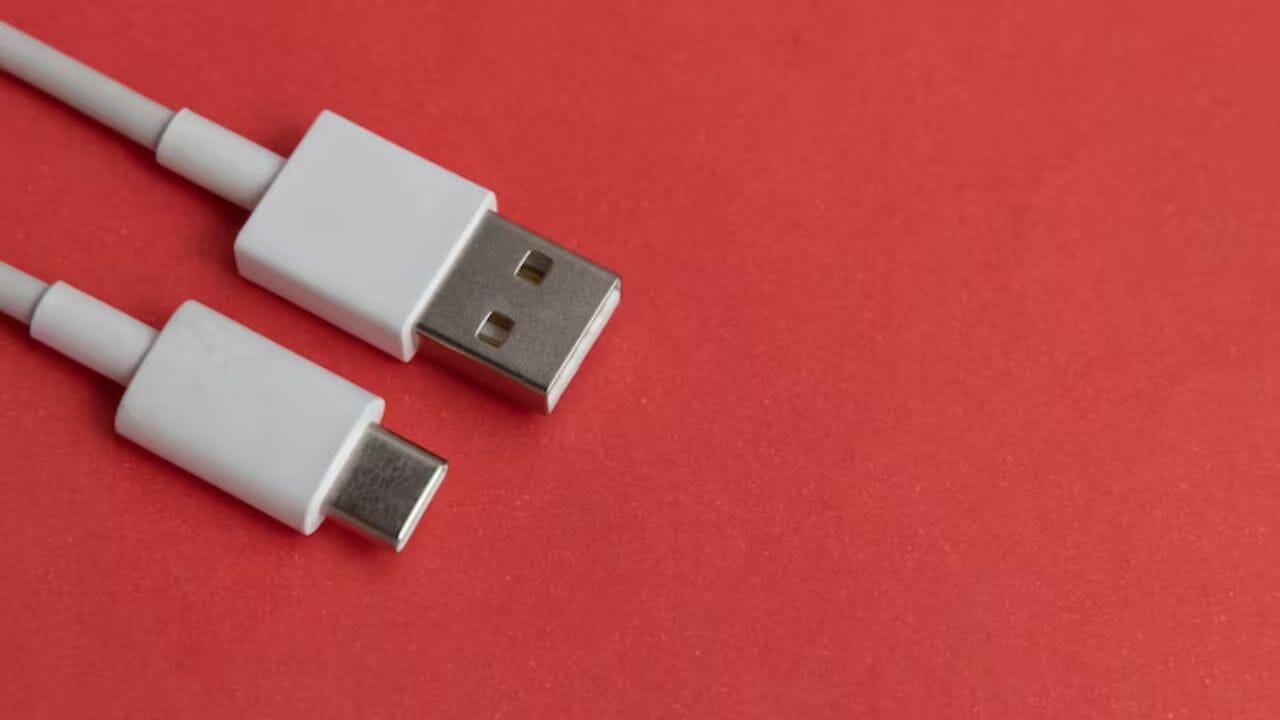There has been a lot of uncertainty about the technology since Apple announced it was switching to a USB-C connector for its iPhones. As regulators work to standardize USB ports, USB-C connectors are becoming more common. While many applauded Apple for ditching its proprietary Lightning cable, the European Union is to blame.
Despite the inclusion of a USB-C connector on the iPhone 15, many people were dismayed that it still employed the more than 20-year-old USB 2.0 interface. (USB 3 speeds are available on the iPhone 15 Pro, but you’ll need to purchase a specific cable because Apple doesn’t include one in the box.) Apple fans thought that the iPhone will gain the Thunderbolt port that MacBooks have had for a long time. So what exactly is the difference between USB-C and Thunderbolt?
At first glance, USB-C and Thunderbolt connections look almost similar because they use the same input and output connector. However, there is one minor element that sets them apart. On the product there is a Thunderbolt port and a cable with a small sign with a lightning bolt. The USB sign is used to identify standard USB-C cables.
USB devices can be easily connected to Thunderbolt ports. However, while a Thunderbolt device can be connected to a USB-C port, its usefulness may be limited. The two not only have compatibility difficulties, but also function differently.
The evolution of USB-C and Thunderbolt
The history of the USB protocol is complicated. Since its introduction in 1996, interface technology has gone through numerous modifications. It also went through more than a dozen connectors. The most common is the Type A connector, which is what most people think of when they think of a USB port. However, after efforts to standardize the connection type were achieved, USB-C became the norm. The USB-C connector is distinguished by its symmetrical oval shape.
In 2011, Intel and Apple collaborated to create the Thunderbolt connection. It was intended to be an all-in-one connector that supported data transfer, charging, PCI Express (PCIe), and DisplayPort (DP). For a time, it used a Mini DisplayPort port, which is still found on older MacBooks. That was until Thunderbolt 3 introduced the 24-pin USB-C connector. Later, several other companies, including Microsoft and HP, would incorporate the interface into their products.
Which is better?
When it comes to USB-C ports, performance is determined by the protocol. USB 4, the latest version of the USB protocol, works with an open version of Thunderbolt 3. This model has a data transfer speed of 40 Gbps. It also has an 8K resolution monitor at 60Hz and can offer up to 100W of electricity. However, not all USB 4 ports will incorporate all the technology, as features such as maximum data transfer speed are optional for manufacturers to include while still marking the USB 4 port. It is also not certified, unlike Thunderbolt 4, therefore, quality varies depending on the model.
Thunderbolt 4 is the latest protocol until Thunderbolt 5 arrives next year. It has the same 40 Gbps transfer speed as USB 4. However, it has an advantage over USB in other areas. Thunderbolt 4 is capable of supporting two 4K displays as well as alternate mode USB hubs. It is also more resistant to DMA attacks. Thunderbolt 4 can send data over 2 meters without losing speed, however, USB 4 loses half its transfer speed at that distance. One disadvantage of Thunderbolt 4 is that it is more expensive. Full functionality of the cable also requires the use of a Thunderbolt device. So while it is technically superior to USB 4, it may not be suitable for everyone.
Read more: Apple iPhone 15 series pricing: What you need to budget for
Subscribe to our latest newsletter
To read our exclusive content, register now. $5/Monthly, $50/Yearly
Categories: Technology
Source: vtt.edu.vn
